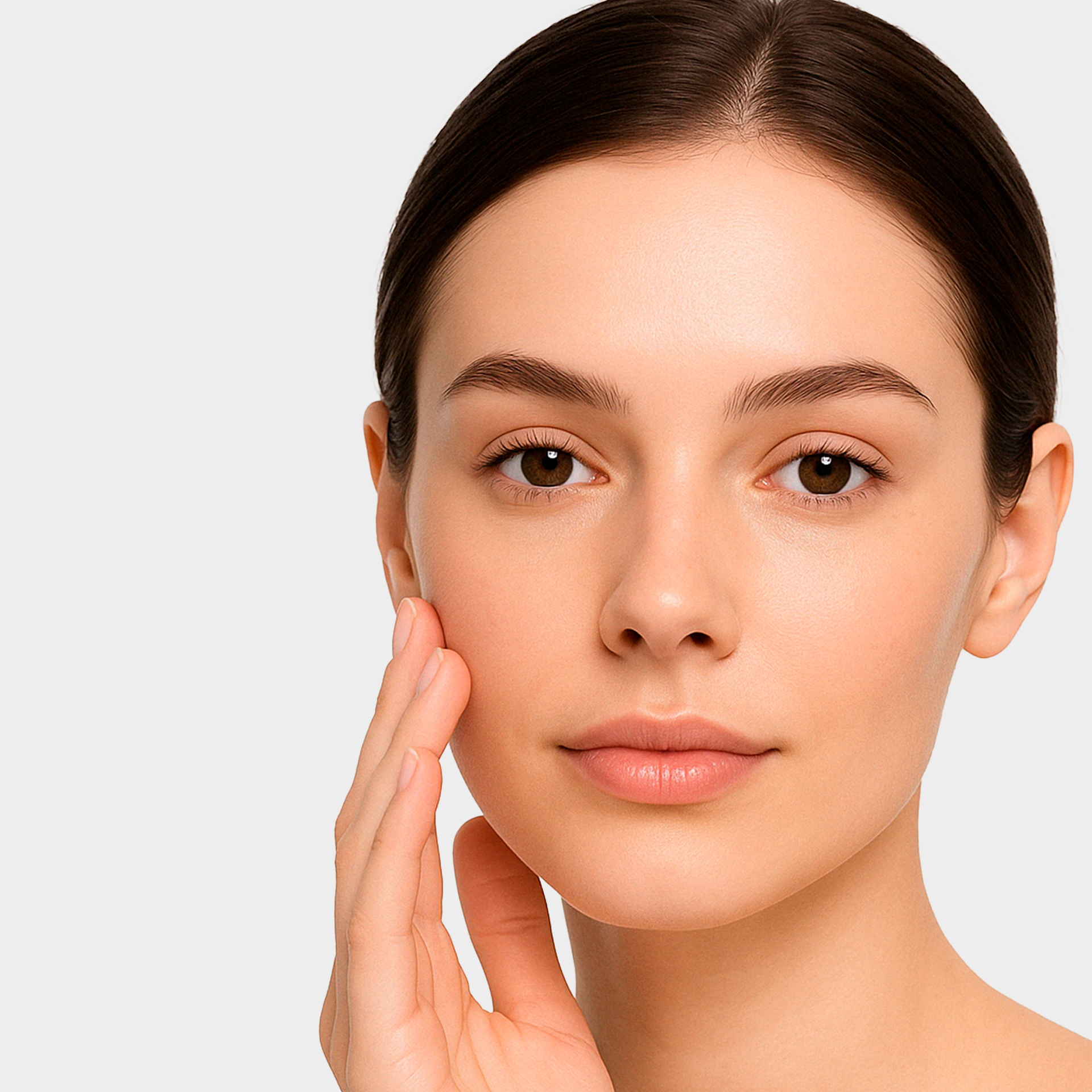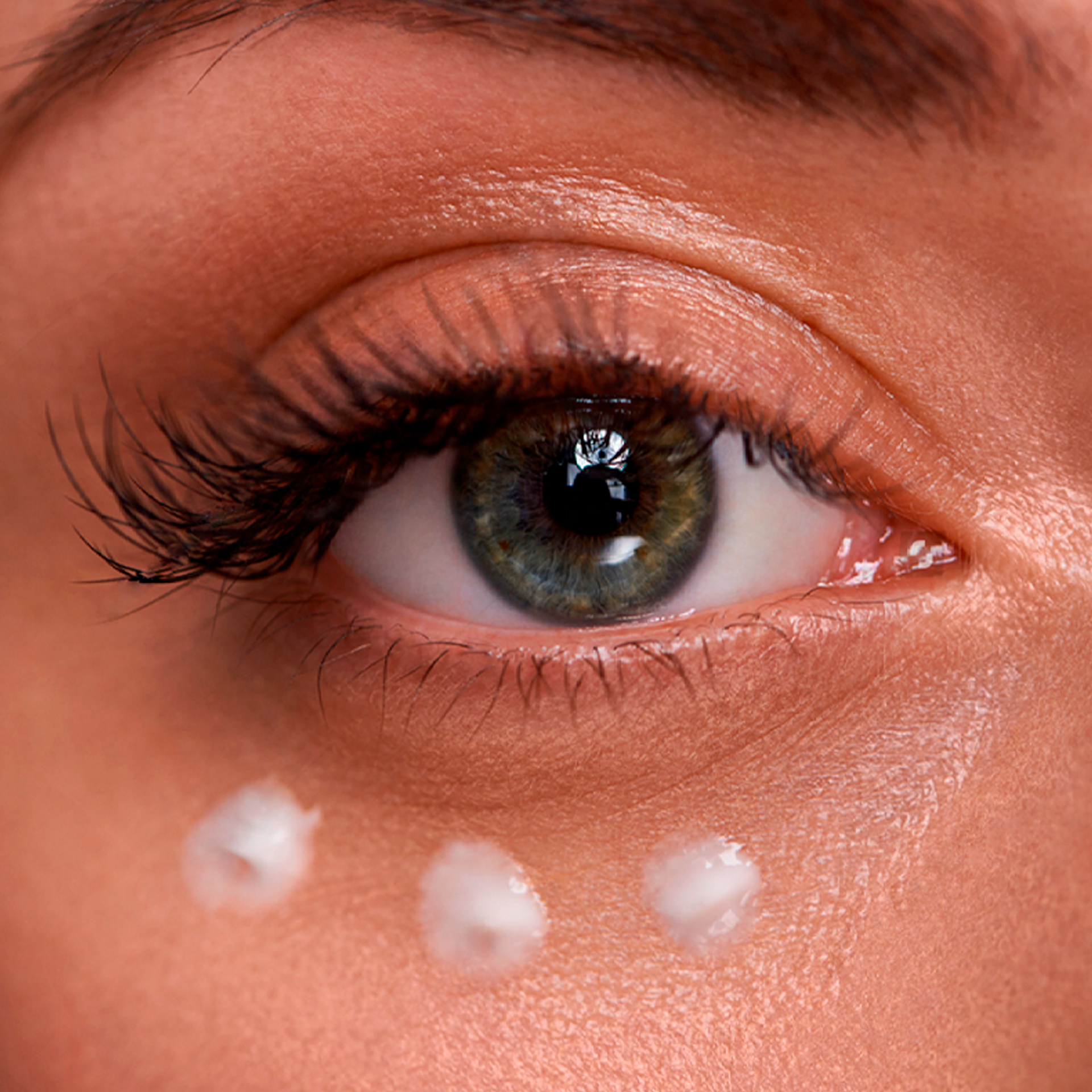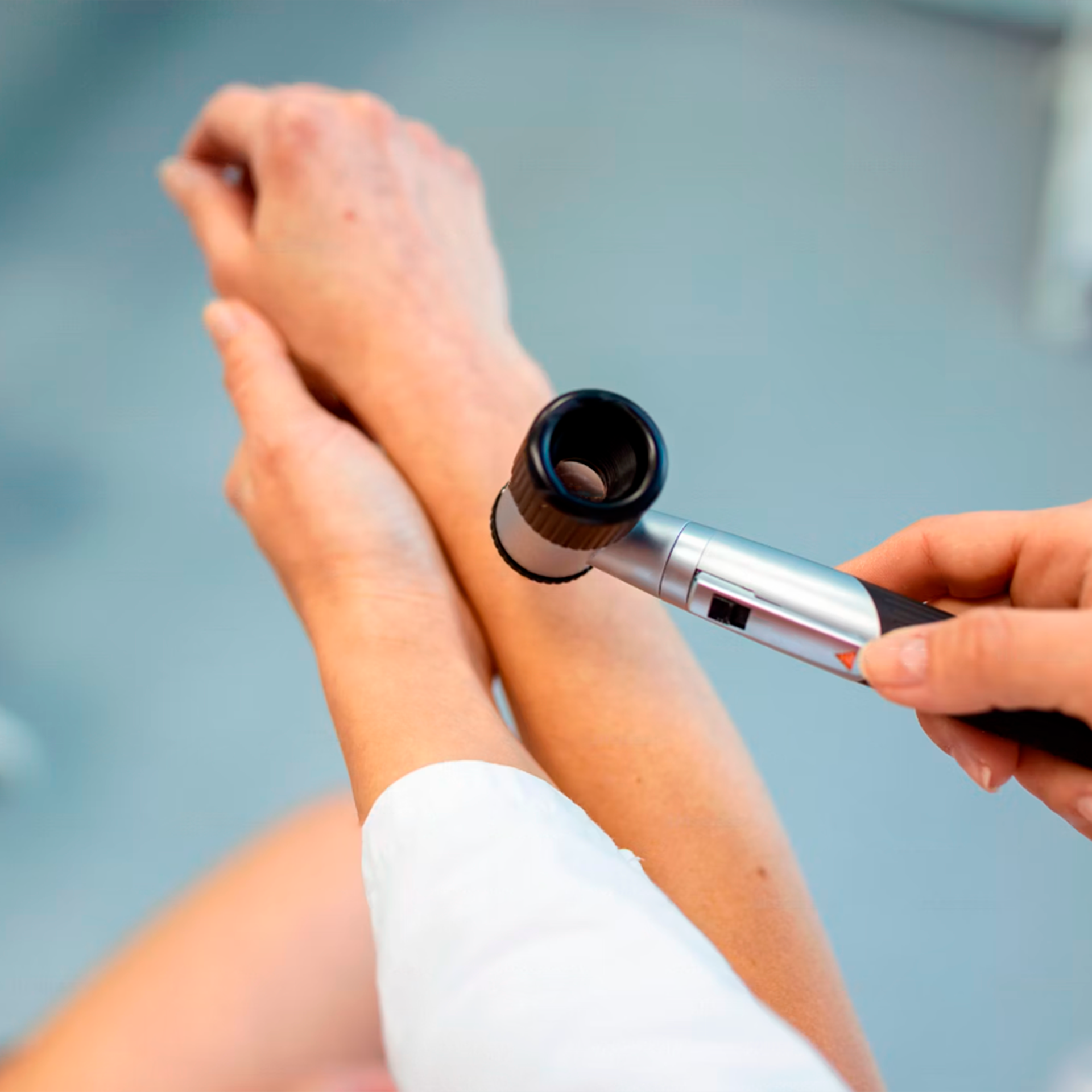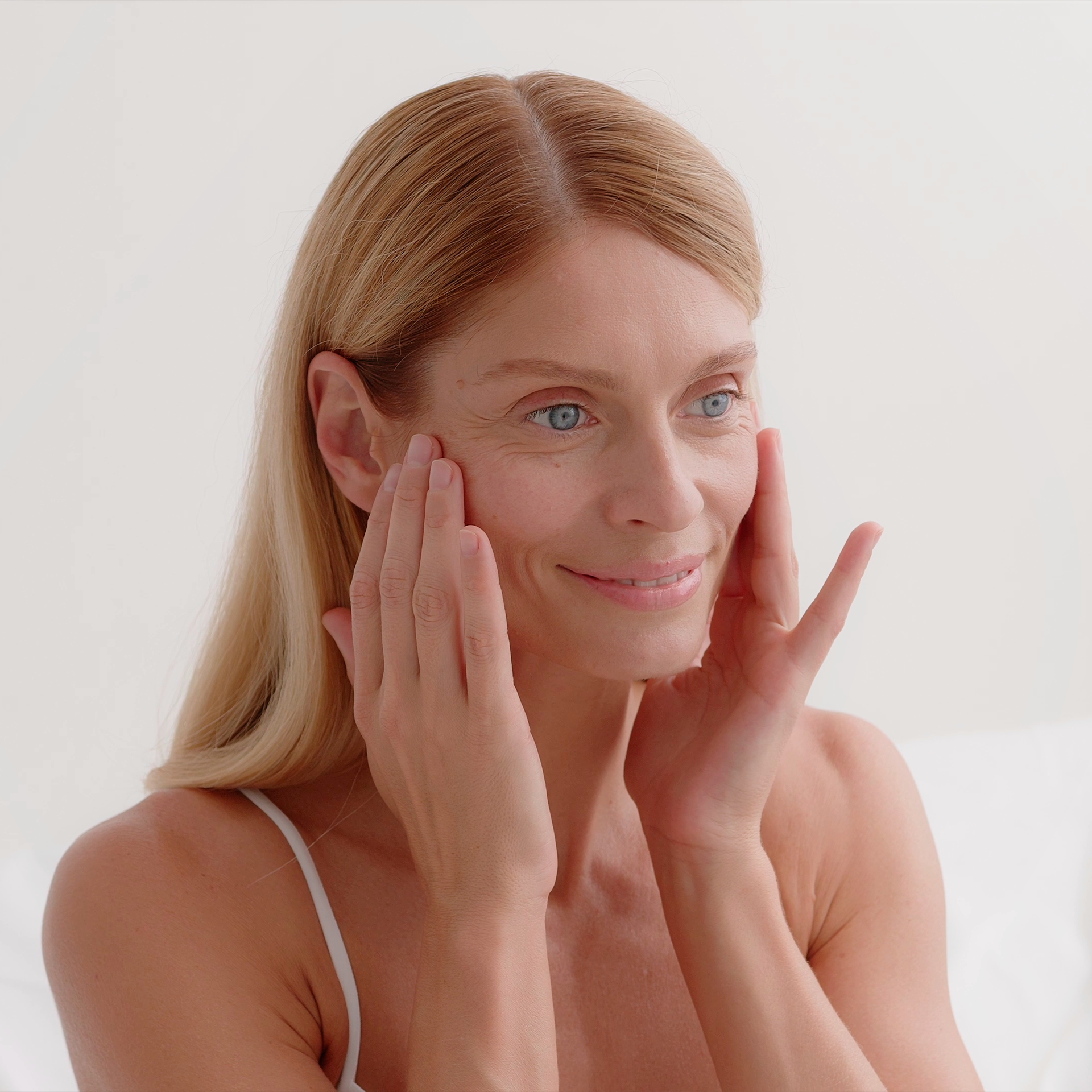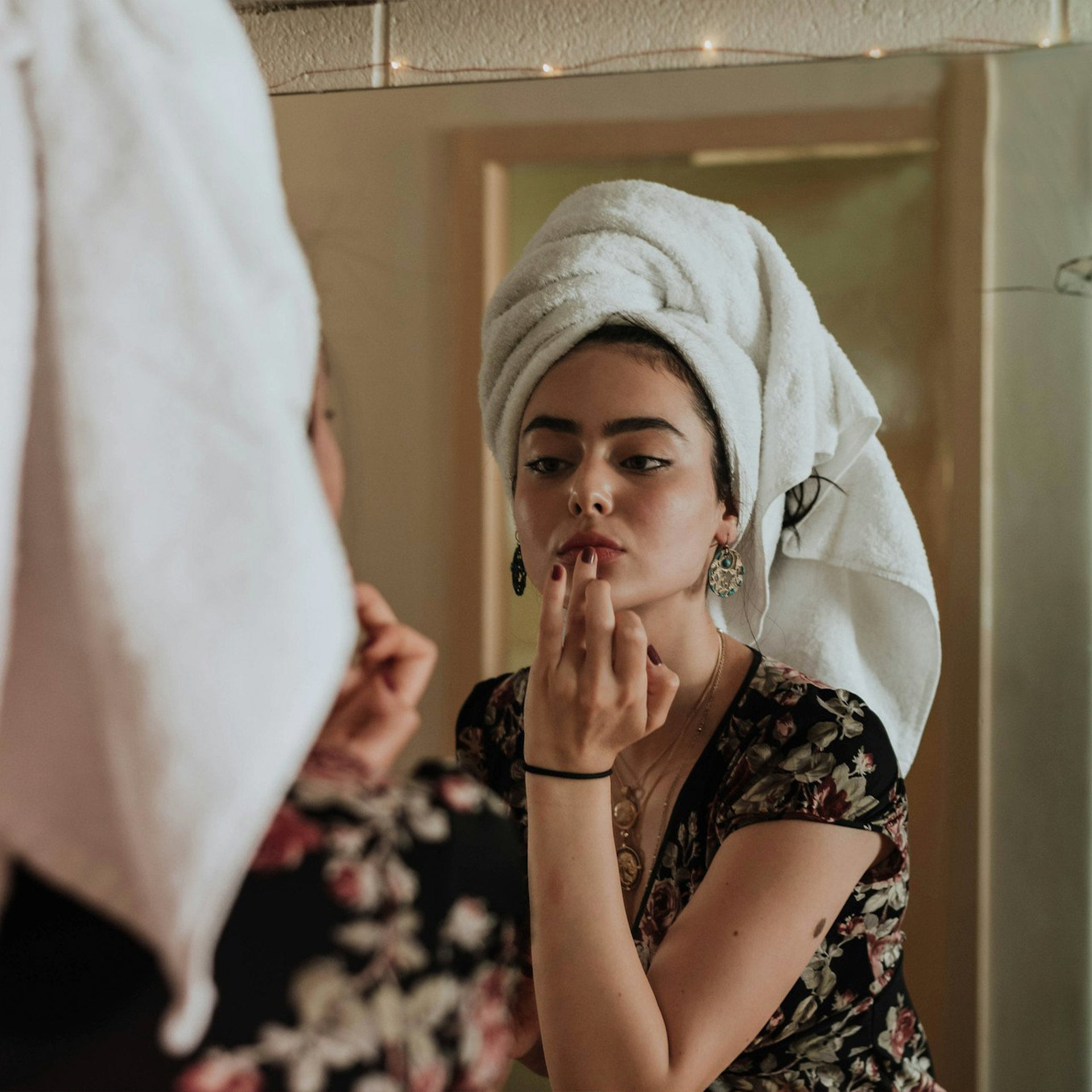Understanding how SPF works in sunscreen is key to protecting your skin from sunburn, premature ageing, and skin cancer. Learn how chemical filters and physical blockers shield your skin from UVA and UVB rays.
Table of contents
- Introduction
- Understanding SPF
- The Basics of SPF
- Understanding UV Radiation
- How SPF Works
- Absorption vs. Reflection
- Chemical Filters
- Physical Blockers
- SPF Ratings and Protection
- Factors Affecting SPF
- The Importance of Proper Application
- Conclusion
- Sources
Introduction
Sun protection is an essential part of maintaining healthy skin and preventing the harmful effects of sun exposure. One commonly used term in the world of sunscreens is SPF, which stands for Sun Protection Factor. In this essay, we will explore what SPF is and delve into how it works to shield our skin from the damaging effects of the sun.
Understanding SPF
SPF is a measure of the level of protection provided by a sunscreen against the sun's ultraviolet (UV) radiation. While many people associate SPF solely with protection against sunburn, it also plays a role in guarding against the premature ageing of the skin and the development of skin cancer.
The Basics of SPF
SPF indicates the length of time a person can stay in the sun without getting sunburned when using a sunscreen, compared to the time it would take to burn without any protection. For instance, if someone normally burns after ten minutes of sun exposure, applying a sunscreen with an SPF of 30 theoretically means they could stay in the sun for 300 minutes (10 minutes x 30 SPF).
Understanding UV Radiation
Before delving into how SPF works, it is crucial to comprehend the two types of UV radiation that impact our skin – UVA and UVB. UVA rays are responsible for premature ageing, such as wrinkles and age spots, while UVB rays cause sunburns and contribute to the development of skin cancer.
How SPF Works
SPF works by incorporating active ingredients into sunscreen formulations that either absorb or reflect UV radiation. These active ingredients create a shield on the skin's surface, defending against the harmful rays.
Absorption vs. Reflection
Sunscreen formulations usually contain one of two types of active ingredients: chemical filters or physical blockers. Chemical filters absorb UV radiation, while physical blockers, often referred to as mineral sunscreens, reflect and scatter the rays away from the skin's surface.
Chemical Filters
Including ingredients like avobenzone and octinoxate, work by absorbing UV radiation and transforming it into less detrimental forms of energy. These filters penetrate the top layer of the skin and provide protection from both UVA and UVB rays. They are usually found in lightweight sunscreen formulations, making them easily spreadable on the skin.
Physical Blockers
Physical blockers, such as zinc oxide and titanium dioxide, work by reflecting and scattering UV radiation away from the skin. These ingredients create a physical barrier on the skin's surface, making them effective against both UVA and UVB rays. Physical blockers are often found in mineral sunscreens, which are known for their broad-spectrum protection and are suitable for individuals with sensitive skin.
SPF Ratings and Protection
The SPF rating on sunscreen indicates the level of protection provided against UVB rays. It is important to note that SPF does not solely determine the level of UVA protection. To ensure broad-spectrum protection, it is crucial to choose a sunscreen that specifically mentions UVA protection or has the term "broad-spectrum" on the label.
Factors Affecting SPF
Although the SPF rating provides a general guideline, individuals may experience variations in their personal level of sunburn protection due to various factors. These include the amount of sunscreen applied, sweating, water exposure, and the time spent in the sun.
The Importance of Proper Application
To ensure optimal sun protection, it is imperative to apply sunscreen correctly. Experts recommend using a generous amount of sunscreen and reapplying it every two hours, or more frequently if perspiring heavily or engaging in water activities. Applying an insufficient amount of sunscreen diminishes the level of protection.
Conclusion
Understanding SPF and how it works is essential for making informed choices when it comes to protecting our skin from the damaging effects of the sun. Whether selecting a sunscreen with chemical filters or physical blockers, it is crucial to prioritize broad-spectrum protection like 3D Moisturizing Sunscreen Protection and follow proper application guidelines. By embracing the significance of SPF and sun protection, we can safeguard our skin from sunburns, premature aging, and the risk of developing skin cancer.
Source
-
American Academy of Dermatology. (n.d.). SPF and sunscreen: What you need to know. Retrieved from: https://www.aad.org/public/everyday-care/sun-protection/sunscreen
-
Skin Cancer Foundation. (n.d.). How sunscreen works and what SPF means. Retrieved from: https://www.skincancer.org/skin-cancer-prevention/sun-protection/sunscreen
-
Mayo Clinic. (n.d.). Sunscreen: How to help protect your skin.
Retrieved from: https://www.mayoclinic.org/healthy-lifestyle/adult-health/in-depth/sunscreen/art-20045110 -
Healthline. (n.d.). SPF explained: What it is and how it works.
Retrieved from: https://www.healthline.com/health/beauty-skin-care/what-does-spf-mean -
U.S. Food and Drug Administration (FDA). (2021). Sunscreen: How to use it effectively. Retrieved from: https://www.fda.gov/drugs/understanding-over-counter-medicines/sunscreen-how-help-protect-your-skin-sun
- md:ceuticals Official Website. Professional Peeling Solutions. Retrieved from: https://www.mdceuticals.com






